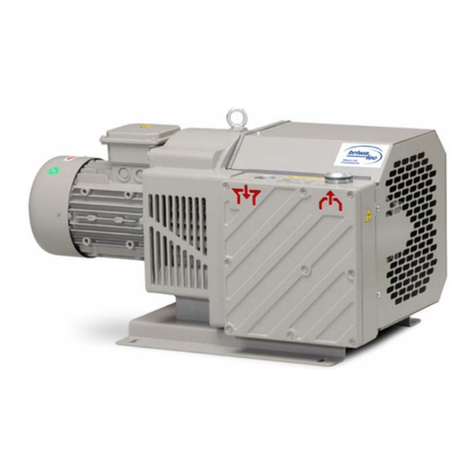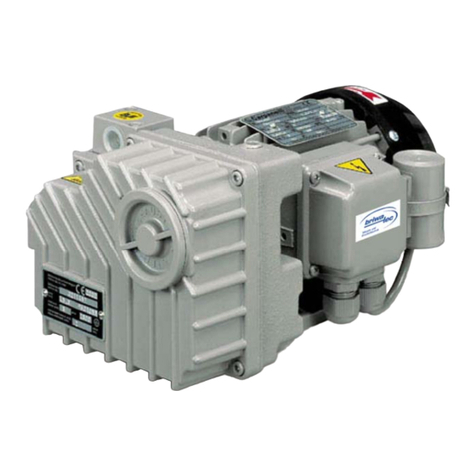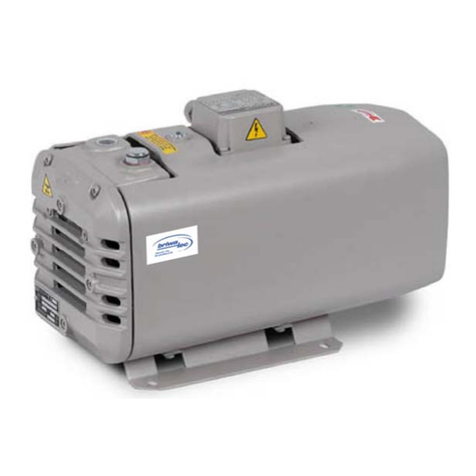
Contents
B125 06/16 Rev.1 TOPAS E350V-E600V 2
1Contents
1 Contents..............................................................................................2
2 Introduction.........................................................................................3
2.1 Information about the operating manual.........................................3
2.2 Limitation of liability ......................................................................3
2.3 Copyright .....................................................................................3
2.4 Spare parts ..................................................................................4
2.5 Service.........................................................................................4
2.6 CE-Declaration of Conformity .........................................................5
3 Safety .................................................................................................6
3.1 General........................................................................................6
3.2 Description of safety instructions....................................................6
3.3 General safety advice ....................................................................6
3.4 Safety and information signs on the machine ..................................7
3.5 Personnel requirements.................................................................9
3.6 Definition of terms........................................................................9
3.7 Intended use..............................................................................10
3.8 Improper operation .....................................................................11
3.9 Protective measures by the operator/user .....................................11
4 Technical specifications.......................................................................12
4.1 Type plate ..................................................................................12
4.2 Noise emissions ..........................................................................12
5 Functional description.........................................................................13
5.1 Conditions of use ........................................................................13
5.2 Construction...............................................................................14
5.3 Function.....................................................................................15
6 Transport storage ...............................................................................16
6.1 Safety instructions for transport ...................................................16
6.2 Lifting and transporting the machine ............................................16
6.3 Storage......................................................................................16
7 Commissioning...................................................................................17
7.1 Setup.........................................................................................17
7.2 Installation .................................................................................18
7.3 Commissioning ...........................................................................19
8 Operation ..........................................................................................20
9 Maintenance ......................................................................................21
9.1 Air filter (optional) ......................................................................21
9.2 Oil change..................................................................................21
9.3 Changing the oil filter..................................................................23
9.4 Filter element / air de-oiling element ............................................23
9.5 Suction grid................................................................................25
9.6 Coupling ....................................................................................25
9.7 Lip seals.....................................................................................26
9.8 Gas ballast (optional) ..................................................................27
9.9 Automatic oil back-suction ...........................................................27
9.10 Oil level monitoring (optional) ......................................................28
9.11 Maintenance intervals..................................................................29
10 Troubleshooting .................................................................................30
11 Index of figures .................................................................................32






























